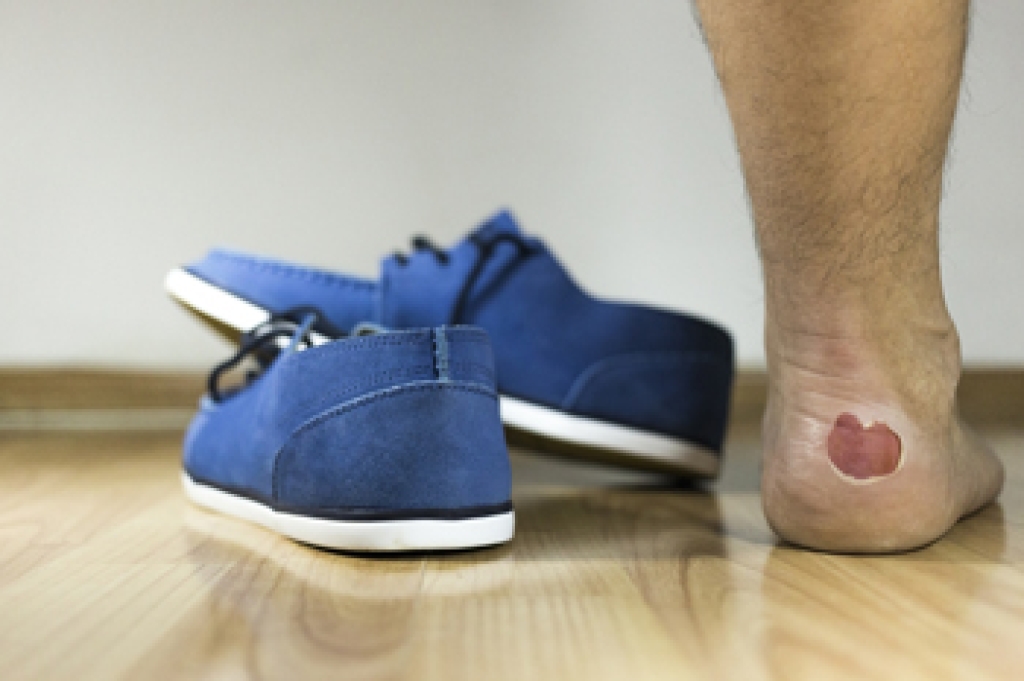
Blisters on the feet appear to be bubbles that are filled with liquid. This can cause irritation and can easily put a damper on our active lives. Understanding their causes can empower us to take better care of our feet. Foot blisters are small, fluid-filled sacs that form on the outermost layer of our skin, resulting from friction, pressure, or irritation. When our skin is subjected to repetitive rubbing against surfaces such as shoes or socks, it responds by separating its layers and accumulating fluid, forming a blister. Friction is the primary cause of foot blisters, especially when ill-fitting shoes or rigorous activities cause excessive rubbing. Additionally, prolonged exposure to moisture from sweat can weaken the skin's protective barrier, making it more susceptible to blisters. High temperatures can also exacerbate friction and contribute to blister development. By understanding the definition and causes of foot blisters, there are proactive measures that can be taken to prevent them. Properly fitting footwear, moisture management, and good foot hygiene can keep these bothersome blisters at bay, allowing us to stay active and comfortable on our feet. It is suggested that you consult with a podiatrist if you are seeking additional prevention techniques for blisters on the feet.
Blisters are prone to making everyday activities extremely uncomfortable. If your feet are hurting, contact one of our podiatrists of Mt Rose Foot & Ankle Specialists. Our doctors can provide the care you need to keep you pain-free and on your feet.
Foot Blisters
Foot blisters develop as a result of constantly wearing tight or ill-fitting footwear. This happens due to the constant rubbing from the shoe, which can often lead to pain.
What Are Foot Blisters?
A foot blister is a small fluid-filled pocket that forms on the upper-most layer of the skin. Blisters are filled with clear fluid and can lead to blood drainage or pus if the area becomes infected.
How Do Blisters Form?
Blisters on the feet are often the result of constant friction of skin and material, usually by shoe rubbing. Walking in sandals, boots, or shoes that don’t fit properly for long periods of time can result in a blister. Having consistent foot moisture and humidity can easily lead to blister formation.
Prevention & Treatment
It is important to properly care for the affected area in order to prevent infection and ease the pain. Do not lance the blister and use a Band-Aid to provide pain relief. Also, be sure to keep your feet dry and wear proper fitting shoes. If you see blood or pus in a blister, seek assistance from a podiatrist.
If you have any questions, please feel free to contact our office located in Reno, NV . We offer the newest diagnostic and treatment technologies for all your foot care needs.
